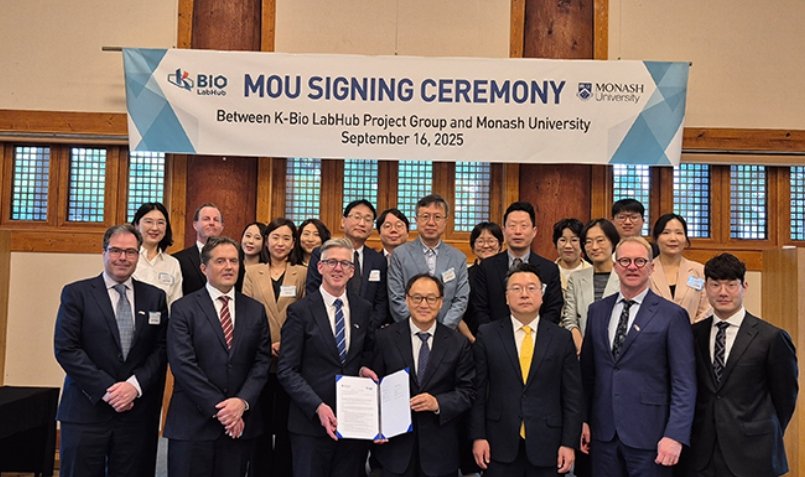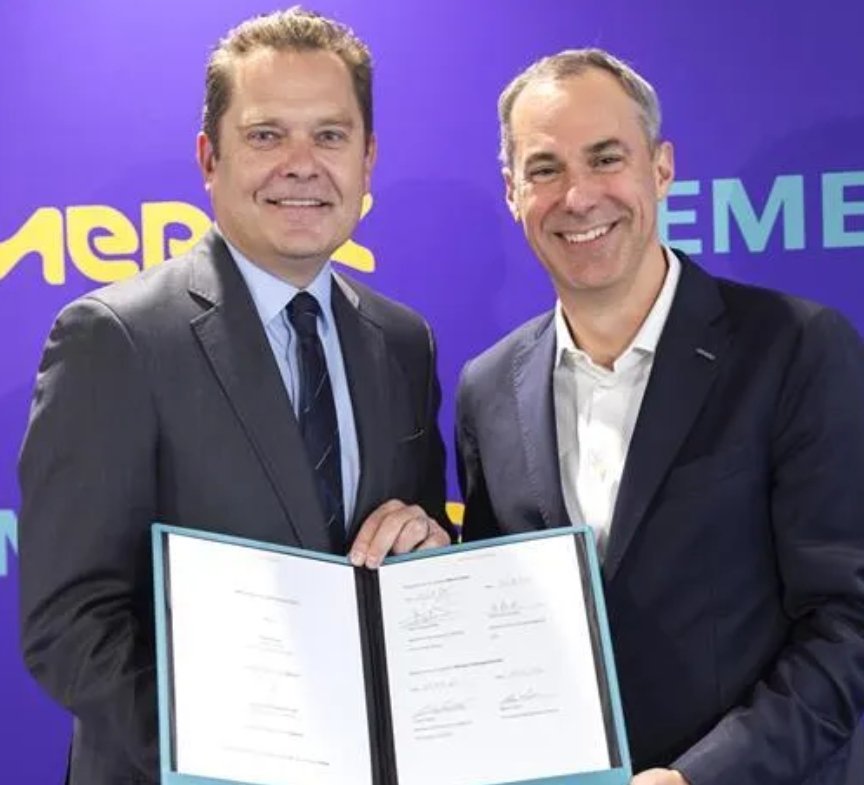
Boon or Bane - India's patent wars and its changing scenario
To say that the last few months have been tumultuous for the India pharma patent landscape would be an understatement. Indian pharma has witnessed a number of landmark decisions, that have far reaching consequences not only on international players but also on the domestic entities in the Indian market.
On November 2, 2012, India's Intellectual Property Appellate Board (IPAB) revoked Roche's patent on its hepatitis C drug, Pegasys, on the basis that it contained PEGylated interferon, which had nothing novel about them. This judgment was noteworthy on two counts. To begin with, the Pegasys patent was the first ever product patent granted in 2006 in India, after the adoption of the new patent regime. Secondly, the IPAB observed that a patent can be challenged not only by the patentee's competitor but also by groups that represent the sections of the population directly affected by it.
Mr Anand Grover, senior counsel and director, Lawyers Collective HIV/AIDS Unit, India, who appeared on behalf of Sankalp Rehabilitation Trust, the group that had challenged the Pegasys patent, says, "We are happy that the IPAB has recognized the element of public interest in setting aside undeserving patents and held the patients' groups, who are directly impacted by patents on medicines, and can challenge granted patents. This will be of importance, as concerned patients' groups will now have better clarity in challenging patents on medicines for HIV, cancer and other diseases."
Earlier in September, the Supreme Court of India revoked a patent held by Sugen (now Pfizer) for its drug Sunitib, citing the absence of any inventive step. Cipla, a generics giant, produces a much cheaper generic version of Sunitib. The revocation was followed by order by the Indian High Court order, banning Cipla from producing the drug, which as of now has been stayed by the Supreme Court.
This was not the first of such victories for Cipla. The Delhi High Court ruled in favor of Cipla in a patent infringement case over Roche's anti cancer drug Tarceva in September 2012. The battle, which had extended over four years, successfully proved that Cipla's generic version of the drug did not infringe on any patent. Earlier, Roche had applied for a patent for the polymorph B version of erlotinib (Tarceva), which was rejected on the basis of Section 3(d), since it was a variant without an enhanced therapeutic efficiency and hence not patentable.
These judgments have been received differently by the Indian public. On one hand, patient advocacy groups say that reduced prices will make the drugs more accessible. On the other hand, pharma companies opine that such decisions disincentivize and stifle innovation.
The Section 3(d) debate
Today, Indian pharma seems to be in a similar transitory phase, akin to the crucial period in 2005, when India shifted over from 'process-to-product' patent regime. The move, although considered to be a blow to India's booming generics industry, was deemed necessary for India to comply with existing WTO norms. However, in order to address India-specific needs, a Section 3(d) was added in the Indian Patent Law to prevent ever greening (or getting patents-based on minor modifications). The interpretation of the Section 3(d) remains a grey area and is a topic of much debate, as far as pharma is concerned, with parties on both sides of the fence equally voicing their opinions.
Mr Ravi Bhola, partner, K&S Partners, Intellectual Property Attorneys, says, "Most of the rulings or patent rejections, in recent times are concerning Section 3(d) in conjunction with the issue of obviousness. The legal sanctity of Section 3(d) has been validated by the parliament after severe discussions. However, the next few months will be worth watching out for, when the Supreme Court will discuss its constitutional validity and its various interpretations at length under the Novartis case. It will be very critical and can determine the future course of action for pharma in India."
Novartis' Glivec case
The Novartis Glivec case has caught the eye of industry onlookers worldwide. Novartis is currently appealing to the Supreme Court for the grant of a patent for its anti cancer drug, Glivec, on the basis of an incremental innovation resulting in an increased efficacy. The contentious issue here is if an increase in efficacy can be considered as an incremental innovation.
On this matter, Mr Ranjit Shahani, vice chairman and managing director, Novartis India and president, Organization of Pharmaceutical Producers of India (OPPI), an association of research and innovation driven pharmaceutical companies in India, says," The active substance of Glivec is the beta crystal form of Imatinib mesylate, being claimed in our patent application. Many leukemia patients had no treatment option, before Glivec became available. The drug turned a fatal disease killing its victims within three-to-five years into a non-fatal chronic disorder. From a patient perspective this was not a minor modification."
In reality, however, the issue of pricing is said to be the principal cause for these cases being pursued by non governmental organizations (NGOs) and civil society. In case of Pegasys, the discounted treatment cost would be $5,718 (Rs314,496) and would have to be taken in combination with another drug Ribavarin costing $857 (Rs47,160). Sankalp argued that this price would make it unaffordable to most of its target population and hence took up the cause of fighting the patent.
An earlier judgment in the Glivec case in 2009 too, that was later appealed against, was famously decided against Novartis, the company in question, because the "the drug was too costly" for the general public.
However, pharma companies and analysts have warned that such an approach would impact India's stand in world trade. Dr Ajay Kumar Sharma, associate director, pharma and biotech, healthcare practice, Frost & Sullivan, South Asia and Middle East, says, "Such judgments are sending out the wrong signals and will kill the industry in the long run. They are short sighted in nature, since they do not account for the future. It raises the question that once pipelines dry up, where will the new drugs come from? Who will fund research for neglected diseases in emerging economies, if patent protection cannot be guaranteed? A variety of effects could be seen if this trend were to continue. Since India is not the only developing country, providing medicines at a cheaper rate in the global market, foreign countries might prefer other countries such as China. An increase in trade regulations and Food and Drug Administration (FDA ) checks could also be expected".
The way out?
Landmark decisions such as these, along with government's future plans for cost-based pricing, brings up the question of whether pharma companies need to re-evaluate their pricing mechanism in order to reduce the price gap between themselves and the existing generic companies. Whether such a step might prove to be beneficial for them in the monetary sense cannot be ascertained immediately, however the fact remains that some strategy needs to be outlined, on a collaborative scale by pharma companies for addressing this issue, such that the needs of Indian patients are met in an appropriate way. A general consensus remains, that such a step might prevent steps such as compulsory licensing being undertaken.
Mr Bhola adds, "Some mechanism for a win-win situation needs to be developed. Maybe the compulsory licensing model needs to be looked at again, wherein the innovator companies get some royalty or sizable profits, while allowing generic companies to provide drugs at an affordable rate."
Dr Ajay Kumar suggests that, "Some system for differential pricing needs to be enforced, so that the cost of innovation can be borne by the users. Just as the government provides heavy subsidies for petrol and kerosene, why not look into subsidizing certain medicines as well. It could change the dynamics of the economy, but at the same time, help India adhere to international laws."
There is a need for a cohesive policy to be formulated, keeping in mind all stakeholders, so that innovative pharma companies are rewarded and at the same time prices are controlled for the Indian population. Though easier said than done, a joint solution could be the only way out. Currently, the urgency for formulating an alternative mechanism other than compulsory licensing for reducing prices in developing country such as India, however, remain relatively ignored.
It goes without saying that the verdict in the Glivec case will be an important one, having the potential to impact the way big pharma looks at India. India as an emerging market remains and will continue to remain as a significant part of big pharma's plans, irrespective of these decisions. However, the degree of their involvement will be defined by nature of the upcoming verdicts. For that, pharma companies worldwide seek a clarity about the Indian patent laws.




